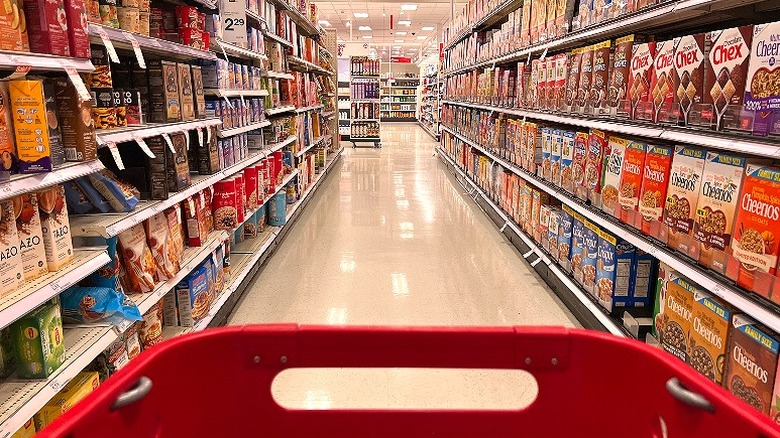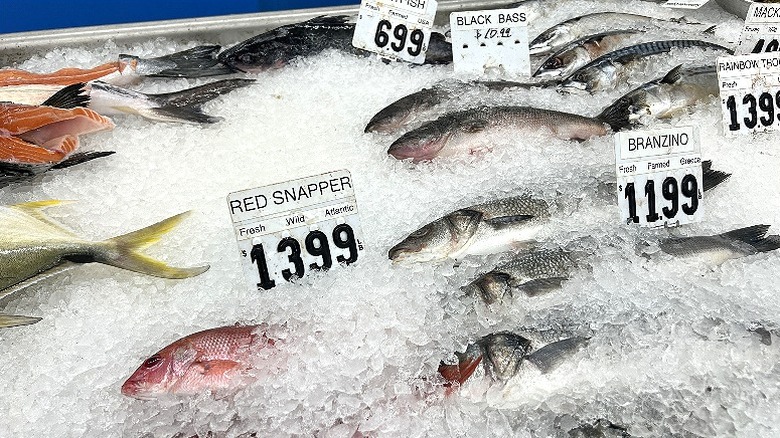Why Retail Shoppers Shouldn't Trust Odd-Even Pricing
Between inflation and general corporate greed, retail shopping has become more expensive than ever. While many different factors go into the prices and markups of retail and grocery items, there are other psychological factors also at play. In fact, a significant way that retailers try to manipulate their customers into spending more money is by using psychological pricing. This strategy involves analyzing and utilizing certain pricing techniques that can lead to different emotional and/or psychological responses from consumers.
In a nutshell, these tactics influence your spending habits (without you knowing it), generally with the motivation of getting you to spend more. The tricky part of psychological pricing is that there are myriad tactics and tricks that retailers can (and do) use to try and influence your shopping behavior. One of the less obvious ways that retailers attempt to get you to spend more without you realizing it is by using something known as odd-even pricing. While the concept is relatively simple, you'll be amazed at just how often you see it on your next shopping trip.
In order to help yourself shop smarter, and avoid any pricing manipulations, it's important to first understand how exactly people perceive numbers. Also, by understanding how people view odd versus even numbers differently, you can help to combat some of the pricing strategies retailers regularly attempt to use on you. Let's dive into odd-even pricing and how to best protect yourself from retailer pricing manipulations.
Odd-even pricing
At its simplest, odd-even pricing looks at the different ways consumers respond to numbers, more specifically how they feel about odd or even numbers. Then, by using that knowledge, retailers can ensure their listed pricing is appealing to these subconscious psychological factors. Prices that end in odd numbers psychologically tend to make consumers think the price is less expensive than prices that end in even numbers. Along the same lines is the fact that prices ending in rounded whole numbers tend to seem more expensive than non-rounded numbers. This is why you will often see prices listed as $19.99 instead of an even $20.
If you're wondering just how successful a difference of one cent can really make on a consumer's willingness to purchase a product, it can largely depend on the context of both the industry and the exact method of sale. For instance, when online shopping, the price of an item is typically very visible from the start of the sales process. This added visibility makes odd-even pricing much more successful than, say, a retail store where a rack of items might not have clear pricing signage visible to consumers.
Another consideration is that the more alternatives that are available to consumers (other, similar products), the less significant odd-even pricing is to purchasing decisions. For instance, shopping for dish soap in a row filled with dish soap options is more likely to cause a consumer to approach the purchase rationally. (See what number frugal shoppers always check when buying groceries.)
How consumers perceive numbers
There are several consumer factors at play when it comes to understanding how successful odd-even pricing strategies are. The first is known as the left-digit effect, which is when consumers place the highest priority on the left-most number within a price (i.e., placing the most emphasis on the "1" in $19.99).
Next, is the image effect. Part of why odd numbers are seen as less expensive is because people are largely conditioned to expect odd numbers when items are discounted, and, similarly, because odd numbers seem more accurate. By using a "9," "7," or "5" in a price, the price feels more specific, which in turn makes it seem more accurate and/or honest. Meanwhile, even prices often convince consumers of the opposite, especially whole numbers. A $50 price tag's simplicity (rather than specificity) is more likely to convince a consumer an item is overpriced.
Another factor is known as prospect theory (or perceived gain). Consumers tend to have a greater emotional reaction to losses than they do to gains. This means that, when given the same product presented two ways, consumers will pick the option that they believe will offer them perceived gains, even if it doesn't. For example, when price-comparing items, an item that's at a discounted rate might be seen as more desirable than a comparable item that's less money but not on sale. Consumers are more likely to see the more expensive on-sale item as a perceived gain. (Try our money-saving strategies the next time you grocery shop.)


